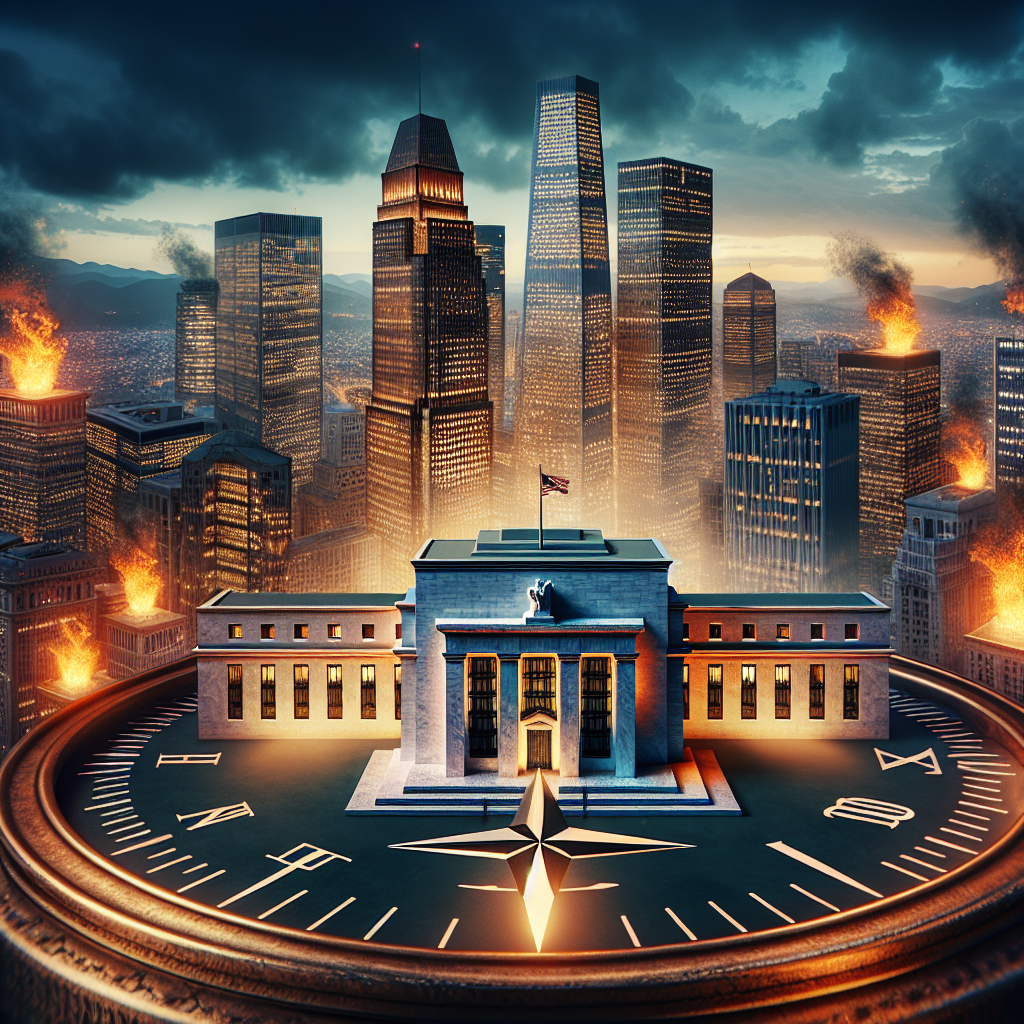The documentary “Playing with Fire,” produced by the Mises Institute, critically evaluates the role of the Federal Reserve (the Fed) in the American economy. Since its establishment, the Fed has been associated with economic booms, subsequent busts, and the persistent financial struggles faced by everyday Americans. The film underscores the urgent need for reassessing the Fed’s impact, especially considering its pronounced expansion of power following the 2008 Financial Crisis. Through a lens focused on economic theory and real-world implications, “Playing with Fire” argues for a necessary reevaluation of the institution and advocates for its eventual dissolution.
At the heart of the documentary is a comprehensive explanation of the Fed’s origins, its core functions, and the implied dangers of its actions. Leading economists and financial theorists such as Ron Paul, Tom DiLorenzo, and Jim Grant provide insights and articulate their concerns regarding the central bank’s policies. They argue that the Fed’s capabilities, once intended to stabilize the economy, have instead contributed to economic distortions, wealth inequality, and the erosion of financial stability. The documentary emphasizes that the Fed’s practices, including low interest rates and quantitative easing, create artificial economic conditions that can lead to more significant crises down the line.
The film also delves into the historical context of the Fed, revealing how its centralized authority has evolved. Following the Great Depression and subsequent economic tumult, the Fed was positioned as a necessary institution for managing monetary policy. However, “Playing with Fire” outlines how its increasing influence has often resulted in negative outcomes, particularly for the average American. The documentary argues that instead of alleviating economic distress, the Federal Reserve has produced cycles of inflation and recession that disproportionately affect lower and middle-income families.
Interviews with various financial experts illuminate specific case studies, including the consequences of the Fed’s actions in the 2008 crisis. The film contends that the Fed’s interventions have a tendency to favor Wall Street over Main Street, thereby exacerbating the socioeconomic divide. Those who have benefitted from the Fed’s policies, largely affluent investors and large financial institutions, often do not face the repercussions that many ordinary citizens endure. As a result, the film promotes the idea that the Fed’s very existence contributes to rising inequality and widespread economic disenfranchisement.
Another salient theme in “Playing with Fire” is the lack of accountability and transparency within the Federal Reserve. Various commentators highlight how the Fed operates with minimal oversight, often making significant decisions that can alter the economic landscape without a mandate from the electorate. This erodes public trust in not only the institution itself but also in broader government functions. The documentary argues for increased scrutiny of the Fed’s actions and calls for a movement toward its structural reform or abolition to reinstate accountability in monetary policy.
In conclusion, “Playing with Fire” presents a compelling case for the reconsideration of the Federal Reserve and its impact on the American economy. By incorporating voices from a diverse array of economic experts and providing both historical insights and contemporary analyses, the film paints a critical picture of the current state of monetary policy in the United States. Ultimately, it advocates for an end to the Federal Reserve, suggesting that its dissolution may be essential for economic recovery and the equitable treatment of American citizens facing ongoing financial challenges. This documentary serves as a clarion call for viewers to engage with the complexities of monetary policy and to reconsider the implications of a powerful central bank on their lives.

